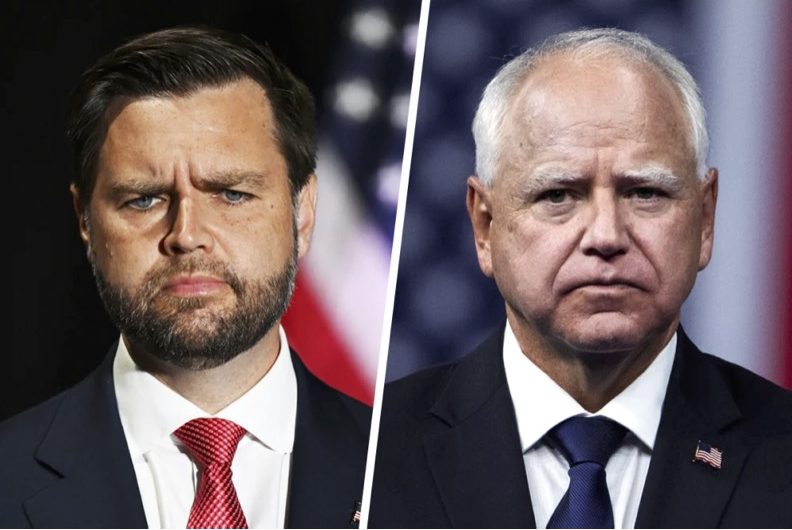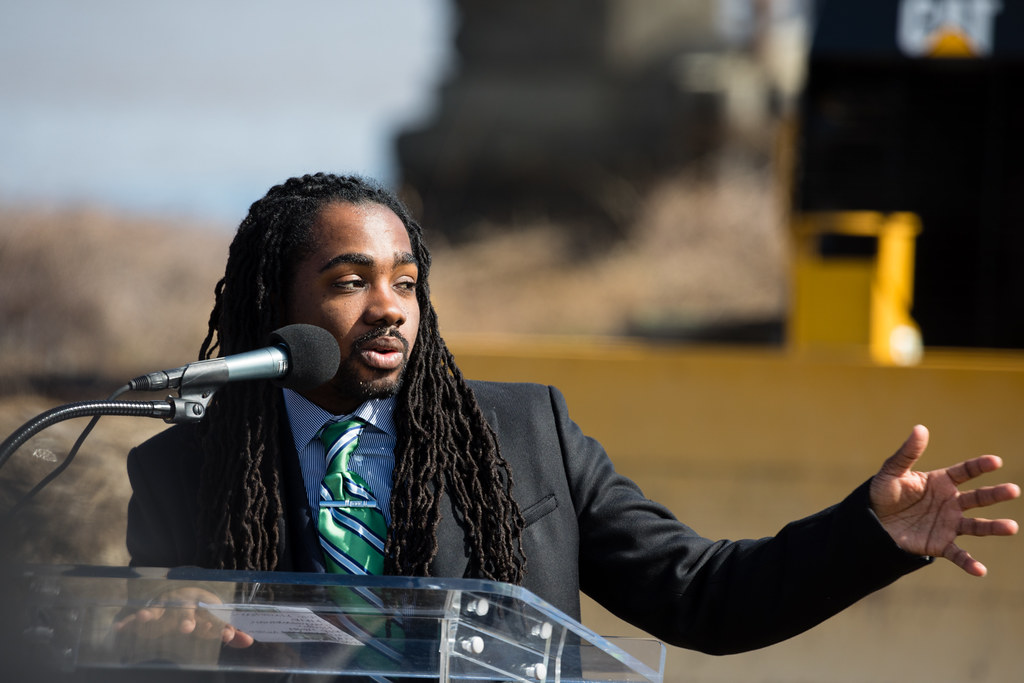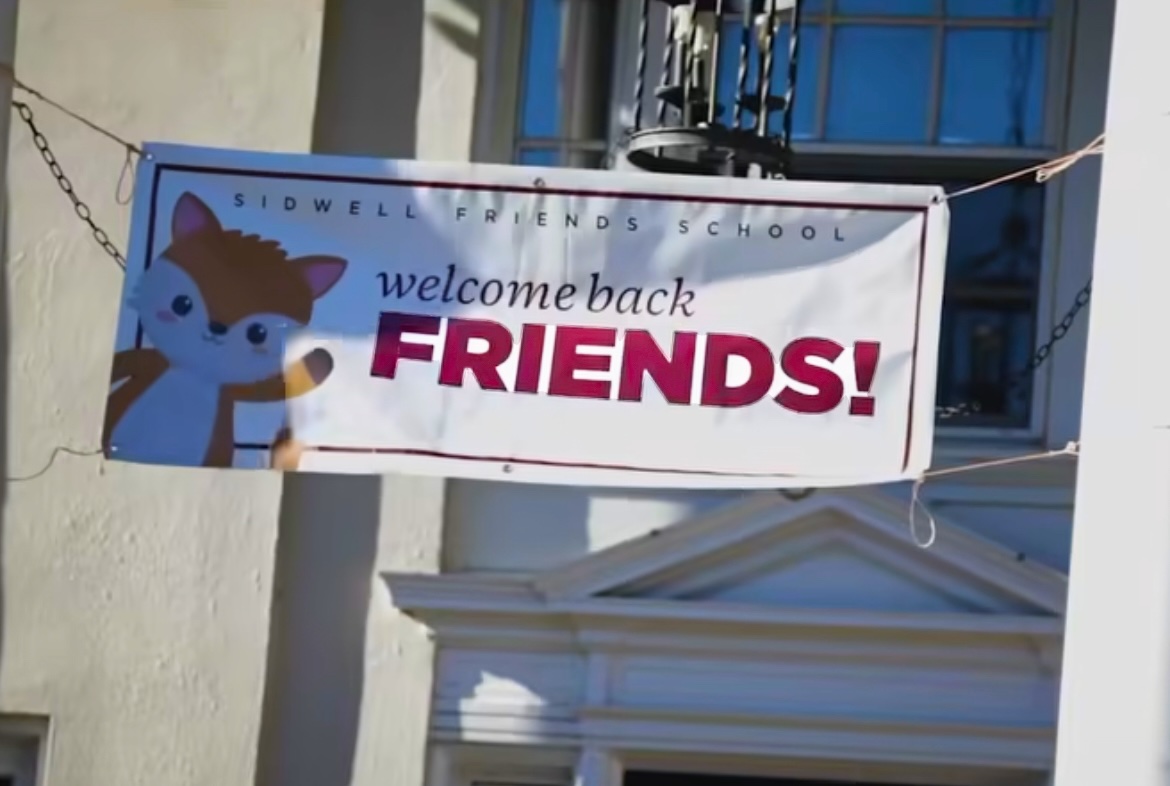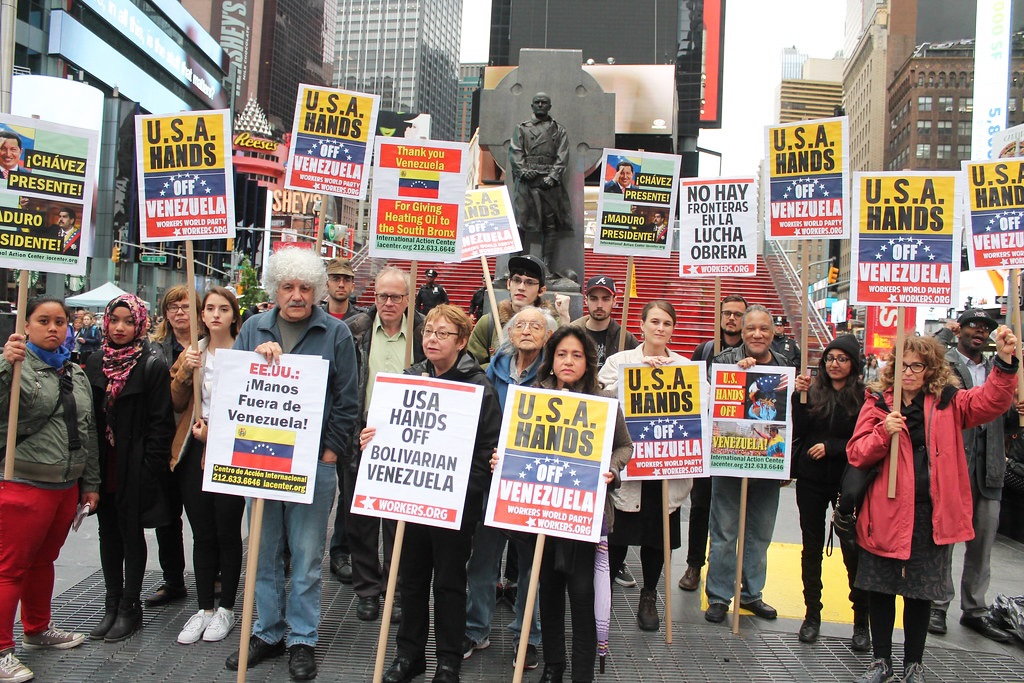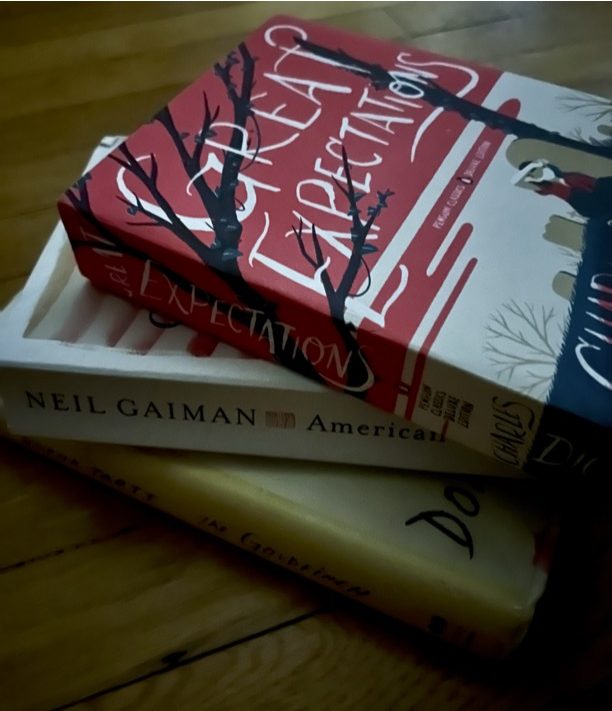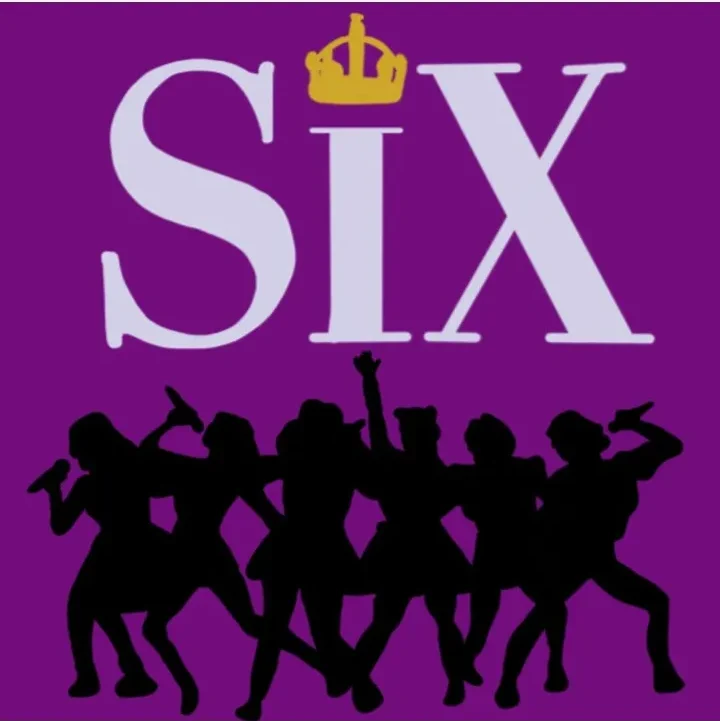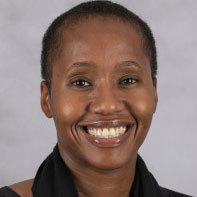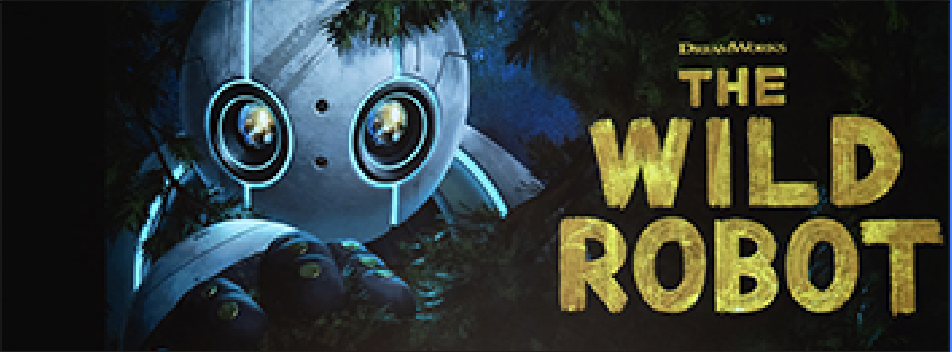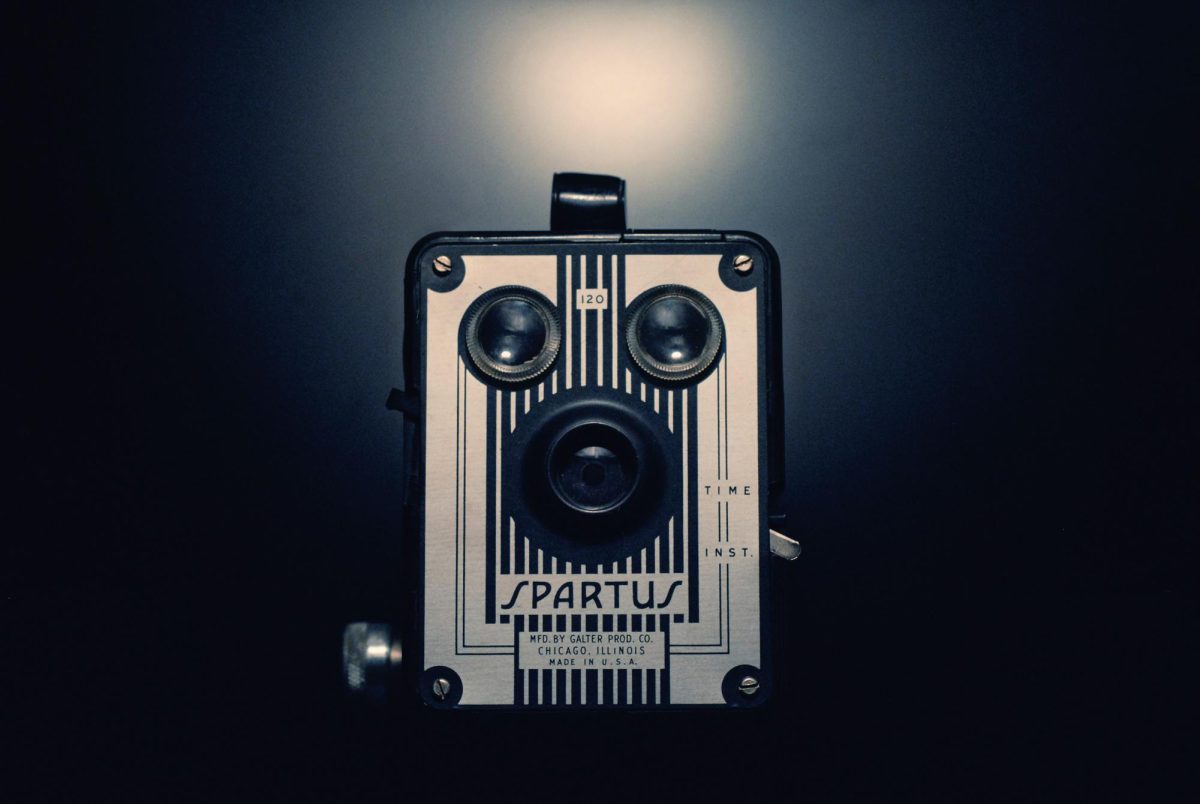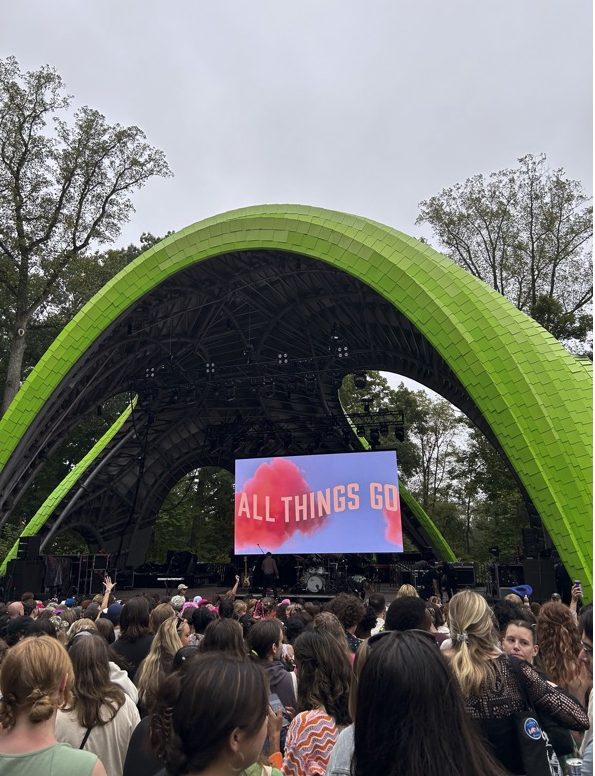Banning books has been a common practice throughout US history. During the Jim Crow era, the practice drastically increased, and it continues at similar rates today. In the 1970s, the Supreme Court reviewed a case related to the Long Island School Board’s decision to remove nine books from the school system’s libraries and curriculum. For many adults, banning books is meant to protect younger children and teens.
In a 1981 New York Times article describing increases in book bannings, it was reported that censoring titles occurs when the book includes “the depiction of unorthodox family arrangements, sexual explicitness even in a biological context, speculation about Christ, unflattering portraits of American authority, criticisms of business and corporate practices, and radical political ideas.” Now, parents lobby to ban books referencing racial identity, crude language and sexual orientation. According to statistics tracked by the American Library Association (ALA), between January and August 2024, there were 414 attempts to “censor library materials and services.” In these cases, around 1,128 unique titles were directly challenged.
Despite the seemingly good intention to shelter children from such controversial topics, banning books only increases naivety and perpetuates long-standing prejudices. Without seeing representations of certain groups of people in literature, students grow up oblivious to many different identities. According to a New York Times article, a student at Vanden High School said “I feel as if these important pages of knowledge are getting ripped out of our minds. This can be scary because, without knowledge, we are destined to be blind.”
An author’s intention to increase awareness about a topic is lost by banning books. For example, in 2023, one of the top 10 most challenged books was “The Perks of Being a Wallflower” by Stephen Chbosky, with 68 challenges being brought against the book. This book was challenged because parents claimed it was sexually explicit and contained references to the LGBTQIA+ community, rape, drugs and profanity. Although this book does contain sensitive topics, barring students from learning about these issues diminishes Chbosky’s intention of opening meaningful discussion. Social improvement will never come if future generations are kept in the dark regarding global concerns.
Banning books also contributes to the continuation of biases within society. Children’s exposure to different people and cultures becomes limited by restricting access to books that include diverse characters. Instead, by censoring books, students interact with the same traits in protagonists, reinforcing incorrect notions that only certain types of people can be heroes or achieve success. As stated in an article by Contexts Magazine, banned books not only inform students about how racism and white supremacy affect lives, they also help students understand that a less oppressive world can be achieved. For example, the messages that queer, black or brown authors include in their writing help all children see themselves in books, empowering them and opening their minds to new possibilities.
Although banning books is detrimental for students’ education, it continues to rise due to countries’ political divide. In a recent study, the National Institutes of Health observed that, “[f]ollowing the 2020 murder of George Floyd and the intensification of a partisan ‘culture war,’ book bans have become central to a broader conversation around politics, civics, and identity.” As our country’s political morals rapidly shift, book banning has also escalated.
Overall, schools must stop banning books. Recently, awareness has been rising, with many libraries and schools observing National Banned Book Week to celebrate the freedom of reading. The only way book banning will truly end, however, is when administrators stop trying to push forward their political ideals by censoring and oppressing others’ beliefs.











